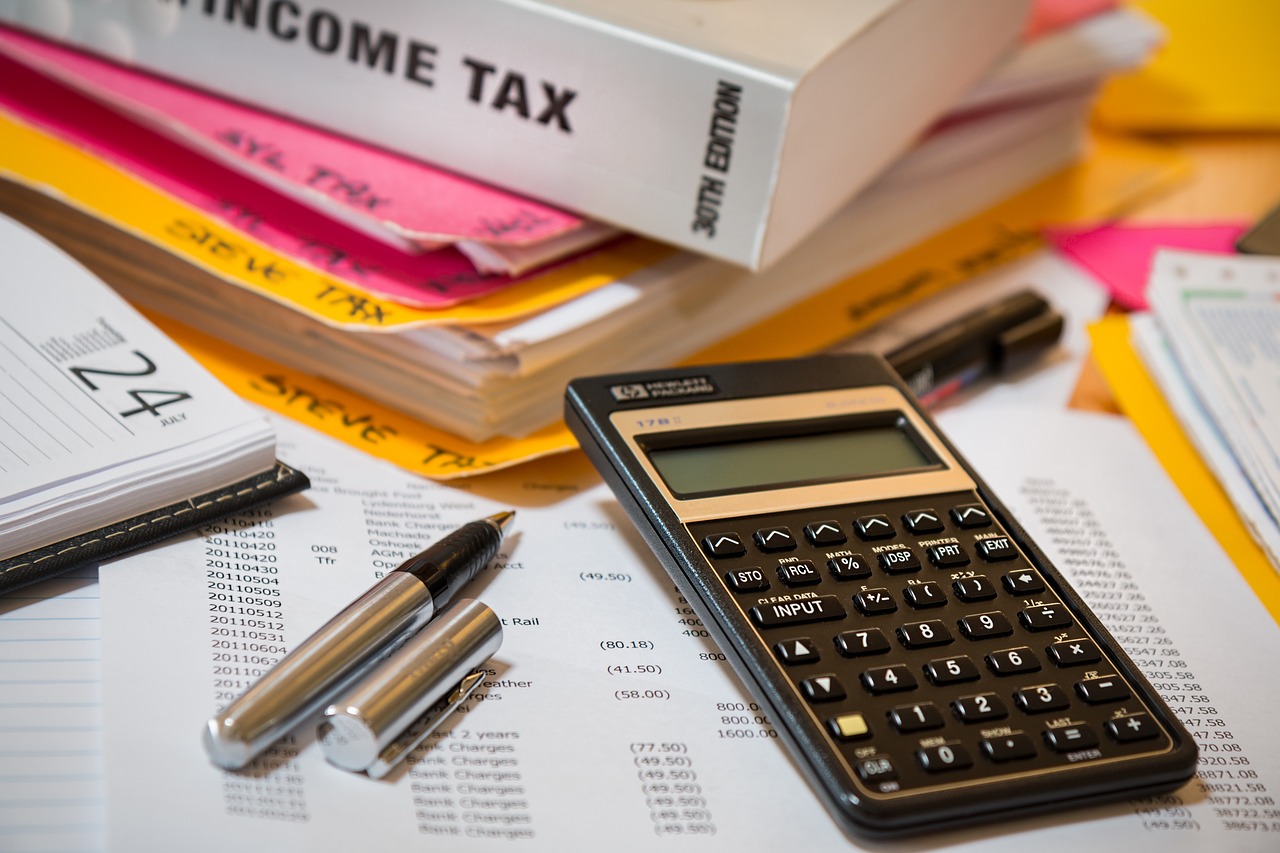
After having presented you with the important points to consider when acquiring a forest, here is our 2nd forestry article dedicated to owning a forest.

As we have seen previously, from a surface area of 10ha, you are strongly encouraged to produce a Simple Management Plan. This document becomes compulsory from a surface area of 25ha.
This document will plan and commit to the management of your forest over a period of 10 to 20 years.
If you have not signed this type of document, you will need to obtain authorisation from the DDTM (Direction Départementale des Territoires et de la Mer) to carry out a cut of more than 1ha. The same obligation applies if you wish to carry out a felling not provided for in your document.
After cutting, you are also obliged to restore the wooded state of your plot.
In the same way, any clearing operation must be subject to prior authorisation.
The construction of a building in a forest is subject to urban planning regulations.
Forest plots have a specific classification (N for Natural) and it is forbidden to build a residential building there (Art. R151-25 of the town planning code). The constructions potentially authorized are the constructions necessary for the agricultural and forestry exploitation. Light leisure dwellings may be authorized by the town hall.
If you want to live in the middle of your forest, you will have no other solution than to buy a house built in the heart of a forest plot.
It is not mandatory to insure your forest. However, in view of the risks of natural disasters, it may be wise to take out insurance and cover your civil liability.
The forest owner must declare each year his "agricultural profit" (called "Forfait Forestier"). The taxable agricultural profit from wood cutting is set at a sum equal to the income used as a basis for the property tax established on these properties for the year of taxation.
It is not necessary to file a special income tax return. It is sufficient for the owner to mention, under the heading relating to the flat-rate system of agricultural profits, the taxable cadastral income relating to their wooded properties, specifying that they are indeed woods.
The property tax is called for forests in the category of non-built properties. A flat-rate abatement of 20% is automatically applied to the cadastral income to calculate this tax.
Any change in cultivation must be declared to the tax authorities in order to determine the cadastral income of a parcel.
Some works allow to benefit from an exemption from property taxes:
| Property concerned | Nature of the exemption |
Duration of exemption |
Exemption rate |
Documents to be submitted to the administration |
| Land seeded, planted or replanted with wood | Automatic |
10 years for poplar groves 30 years for softwoods 50 years for hardwoods and other woods
|
100 % |
Declaration n°6704-IL within 90 days |
| Wooded land in the nature of high forest or coppice under high forest, other than poplar plantations, having been the subject of natural regeneration |
Automatic |
30 years for softwoods 50 years for hardwoods and other woods |
100 % |
Declaration n°6707 and certificate issued by the National Forestry Commission before January 1st |
| Wooded land with an irregular forest in regeneration balance |
Automatic |
15 years (renewable) |
25 % |
Declaration n°6707 and certificate issued by the National Forestry Commission before January 1st |
|
Natura 2000 site (Natura 2000 contract or charter) |
Automatic |
5 years (renewable) |
100 % |
Commitment of the owner to deliver before January 1st |

The Impôt sur la Fortune Immobilière (IFI) succeeded the Impôt de Solidarité sur la Fortune (ISF) a few years ago. The forest, as a real estate, comes within the scope of the IFI.
However, the taxpayer who owns a forest benefits from a 75% deduction on the value of the forest. The tax is therefore calculated on only 25% of the market value of the forest.
In order to benefit from this deduction, the forest owner must have a tax certificate of sustainable management guarantee which requires the implementation of a sustainable management plan (for 30 years) and the provision of a good management report every 10 years.
It should be noted that the liabilities subscribed for the acquisition of the property are only deductible for the same fraction as the forest itself, i.e. up to 25%.
If the owner of the forest is considered as a professional, he benefits from a total exemption for professional assets.
Tax credits are granted to taxpayers in return for certain expenses. This device is a strong tax incentive to exploit its forest property sustainably. These 3 schemes, called DEFI for "Dispositif d'Encouragement Fiscal à l'Investissement" are detailed in this table.
|
|
DEFI Works | DEFI Contract |
DEFI Insurance |
| Object |
Improvement work: planting, reconstitution, preservation and improvement of stands works of creation and improvement of the services of the forest. |
Remuneration paid to a forestry professional (manager, expert, cooperative, etc.) under a sustainable management contract. |
Subscription of an insurance contract covering the woods and forests |
| Surface condition |
Plots of land of more than 10ha. No surface condition in case of membership in an Economic, Environmental and Forestry Interest Group (GIEEF) . |
for properties of less than 25ha. |
|
| Rates |
18% |
18% |
76% |
| Spending limit |
|
|
6 € per ha |
|
Capping of the tax advantage |
6 250 € for a single person 12 500 € for a couple |
2 000 € for a single person 4 000 € for a couple
|
6 250 € for a single person 12 500 € for a couple |
Finally, a tax reduction of 50% of the contributions paid up to a limit of 1,000 € per tax household is also provided for the contributions paid to associations of Defense of Forests Against Fires (DFCI contributions).
We will see in our next article dedicated to forests, the modalities of a free transfer, i.e. a donation or an inheritance concerning a forest.